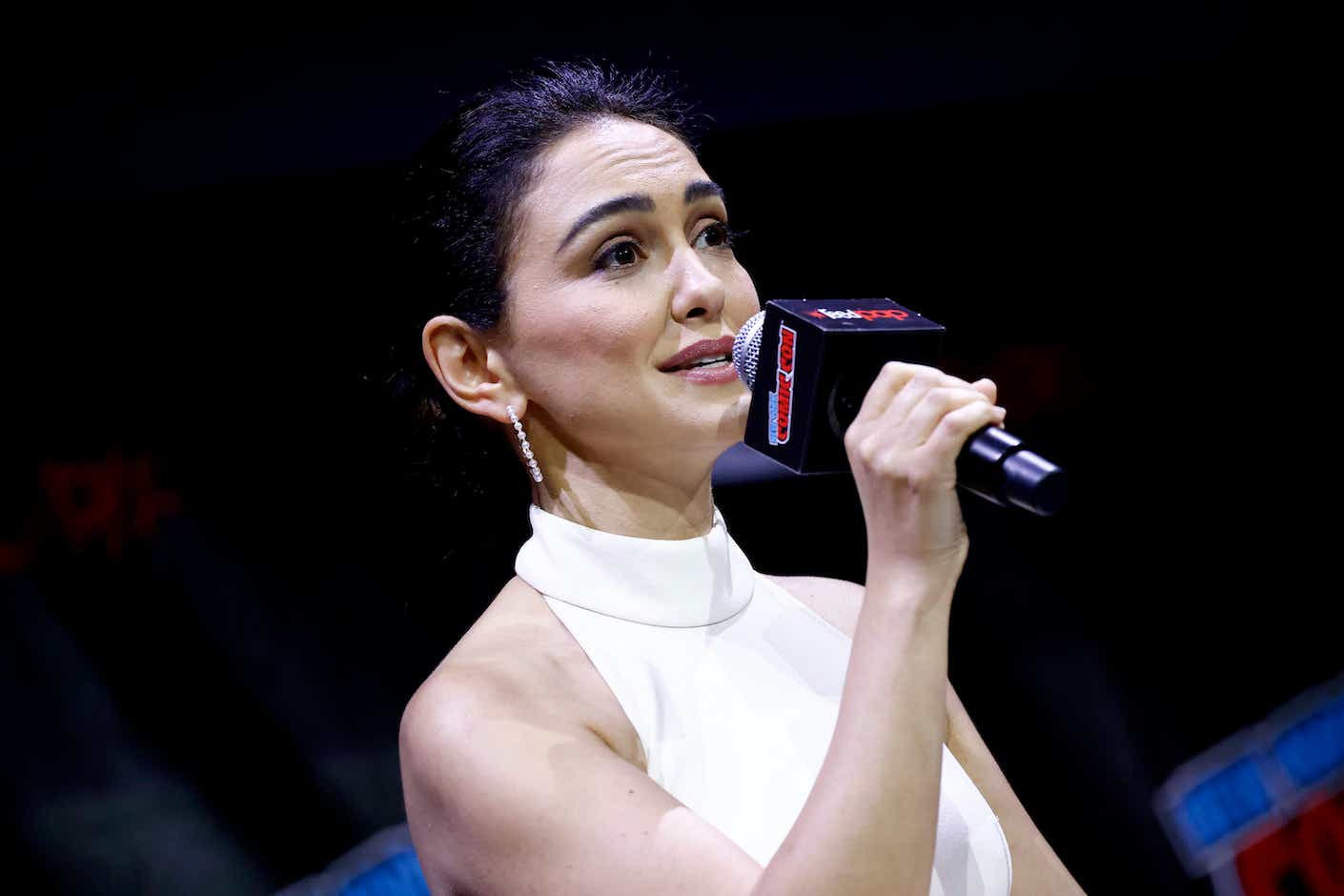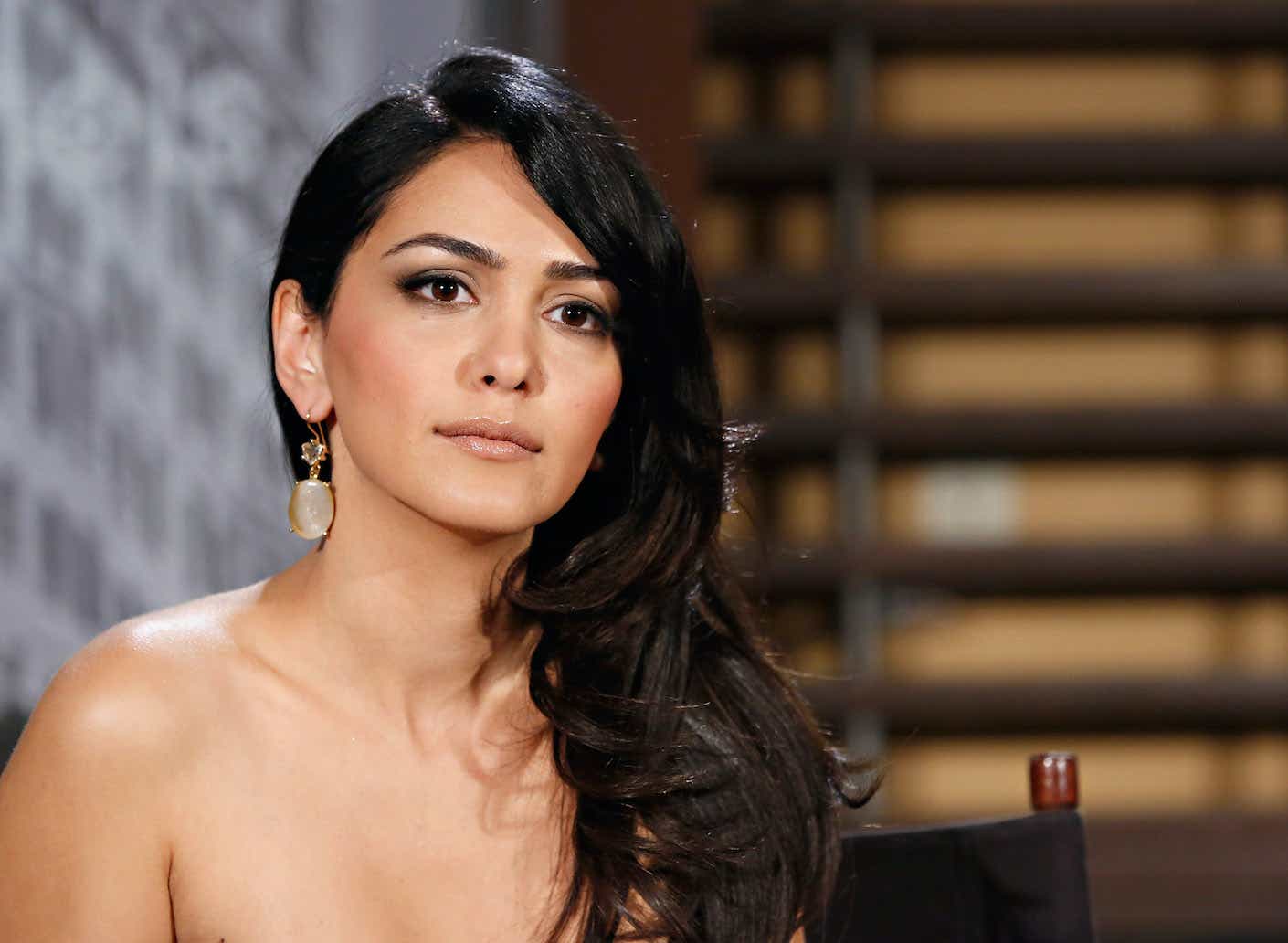As most of the world knows, Iran is undergoing yet another period of major political upheaval. In September, 22-year-old Mahsa Amini was arrested by the country’s “morality police” for allegedly wearing her hijab improperly. She died in custody — authorities reported she suffered a heart attack, but eyewitnesses claim they saw her being beaten while being transported in a police van.
Protests against the regime and its violent treatment of women have spread across the country. Women are cutting their hair and burning their hijabs in protest — and men are also joining the fight. Of course, that’s not the only upheaval the country has endured in the last several decades — the bloody and tumultuous Iranian Revolution of the late 1970s resulted in a massive cultural and religious shift and set the stage for the latest protests. How this newest uprising will end, or what long-term effects it’ll have on Iran, has yet to be seen.
To get a better sense of how this movement happened and what it means for the country (and the Iranian diaspora), Katie spoke to activist Nazanin Boniadi. Known for her acting career and her advocacy for Iranian women, Boniadi speaks about her relationship with her home country and how that personal pain mirrors a larger, national wound. She also talks about her family’s decision to flee the regime, her own traumatic confrontation with the morality police, and why the current protests raging across the country are different from former uprisings.
Katie Couric: When did you leave Iran and what are you doing now?
Nazanin Boniadi: I was 20 days old — right after the 1979 Islamic Revolution. I was born in Tehran and my parents were opposed to the newly formed Islamic Republic regime. They had to escape. My father was on an execution list and we fled to London, where I was raised.
I remember watching images of the Iran-Iraq War in London, and I would apparently — according to my parents — cry uncontrollably as a five-year-old, seeing the destruction of my homeland.
When I went to Iran for the first time at the age of 12, we spent two months there. I’ll never forget, I was walking down the street with my uncle, who was about 45 years old at the time. My mother was a few steps behind us walking down the street, and I was forced to wear a hijab at the age of 12. That was not something I was accustomed to, having the freedom of dress taken away from me.
And a member of the so-called morality police came up to me and my uncle, and in a very harsh tone demanded that we prove that we were married, because we were simply walking down the street. It was such a jarring, harrowing experience. It was seared into my mind. I remember thinking at that moment that if I ever had a platform where I could tell people what the everyday experience of young girls in Iran is, I would share that.
I’ve been fighting for 14 years to amplify the voices of the Iranian people against their oppressive regime. And I will continue until they achieve the freedom they deserve.

How did Iran change after 1979?
Before the Islamic Revolution of 1979, women could choose how they could dress. In fact, you had a peaceful coexistence between women who chose to cover and veil and women like my mother, who wore mini skirts to work, high heels, and lipstick. Women could become judges. They could assume ministerial roles in the country. They were very much a part of the fabric of society. The legal age of marriage for women before the revolution was 18. Women could sing, dance, and attend sporting events. All of that was taken away after the revolution. In fact, the legal age of marriage for girls was lowered to nine.
In Iran today, women are segregated from men in the workplace, in the classroom, and at beaches, and they have to sit at the back of the bus. Women can’t sing solo in public, they can’t ride a bicycle, they can’t attend sporting events at an arena, and they can’t dance in public. The most basic rights were taken away from them. They’re seen as half the value of a man in a court of law.
The thing that sparked these current protests was the murder of 22-year-old Masha Amini because of an inappropriate hijab. This is a fight that has existed for 43 years. In fact, when the compulsory hijab was first put into law in Iran, tens of thousands of women took to the street to oppose it. They were met with batons. Acid was thrown in their faces. They were imprisoned. They were lashed. So if they started to cover, it wasn’t because they chose to cover. It was because they were forced and subjugated into submitting to this extremely misogynistic law.
I know that you met with Vice President Kamala Harris.
I recently met with Vice President Kamala Harris, Secretary of State Antony Blinken, and National Security Advisor Jake Sullivan in D.C. I communicated to them what the people in Iran are saying. These protests are unlike any other protest we’ve seen. It’s not unusual to have mass uprisings in Iran. We saw the 1999 student uprising. We saw the 2009 Green Movement. We saw people taking to the streets and saying “death to the dictator.” The thing that sets these protests apart is that protestors are fighting back against the security forces. You’re seeing women not only taking off their hijabs but burning their hijabs. You’re seeing young girls, students, and high school students taking to the streets and joining the protests.
For 43 years, we have addressed the symptoms of the problem. But we haven’t addressed the cause — the theocracy, the Islamic Republic itself, the funding of proxy wars, Assad and Syria. And now of course Putin is attacking Ukraine with drones they acquired from Iran. This regime is the problem.
What can the US and the UN do to support these protestors and help overturn this theocracy?
Standing by the Iranian people means standing by our own principles of freedom and democracy. It means empowering people who want freedom. And how do we do that? We make sure that they have Internet access, We make sure that they can communicate with the outside world and can organize so that they can determine the future of their country.
The most basic thing we can do is call for an urgent session at the UN Human Rights Council, ensuring that we have mechanisms in place at the UN where we can document and have accountability so that these things don’t keep happening.

How do you see this all ending?
I’ve been doing this for 14 years, and this is the first time I’ve seen this kind of global solidarity with the Iranian people. I think it has struck a chord in people in a similar way that the anti-apartheid movement did in the 80s.
It’s been five weeks now and people said it would be done in two. They’re still going, despite the crackdowns and despite the killing of kids as young as 11. You’re seeing people unite in a way that they’ve never united inside Iran — across ethnicities and between men and women. I think it strikes fear into the heart of a regime that has built itself on segregating men and women in Iran across generations. Young and old people are standing together; I have never seen the Iranian diaspora more unified in opposing this regime because they see, for the first time, the Iranian people have unequivocally expressed themselves. We don’t want bureaucracy, we want democracy. So many more people outside of Iran are waking up to that fact. And there’s only one way to do it. We have to stand by them and ensure that this time they win.







